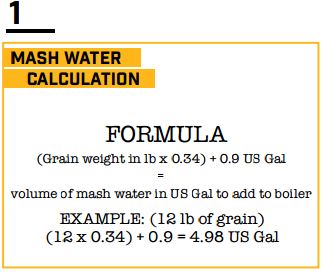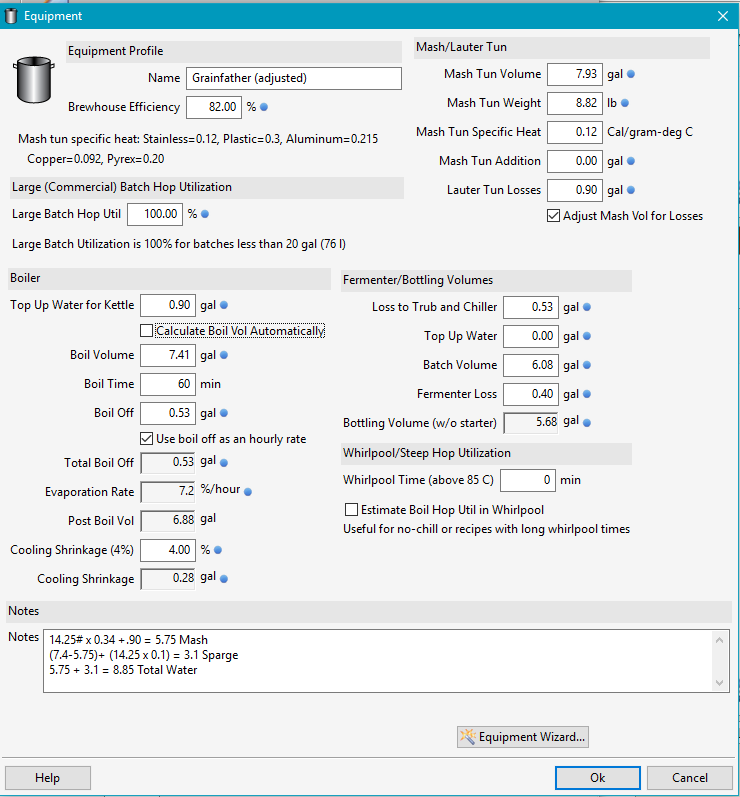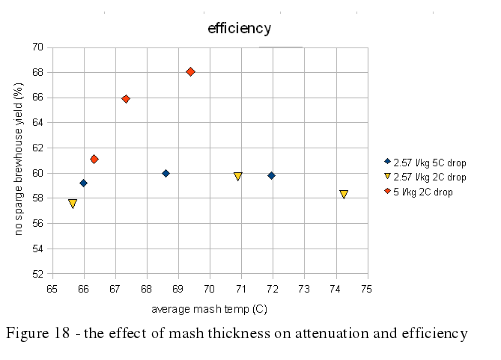skraeling
Scientist Extraordinaire
- Joined
- Sep 26, 2013
- Messages
- 721
- Reaction score
- 285
Just ordered a Grainfather,graincoat,mangrove jack spider,refractometer and preordered the new controller�� So excited....hope it boils ok.
Can't wait!!!
Jamie
brewed quite a bit with my grainfather, just a couple things
1. That stupid check valve is a pain in the dick, i have taken it out and its not going back in.
2. Longer hose on the inlet of the chiller, this would make cleaning easier so it doesnt have to sit on top.
3. Im certain the grainbed isnt staying at the proper temperature when mashing, now this is a complicated problem because grainbed drainage is different with each brew. Im brewing this weekend and i want to stick my remote thermometer in the middle of my grainbed and monitor the temperature.
This unit is still so great for apartment brewers!
Got my grainfather today courtesy of http://finalgravityhs.com/ whoever was on the other end of my endless facebook questions... thank you. They were on top of my tracking numbers and other stuff, which given the weather lately here in the midwest... is impressive.
My LHBS was actually poopooing on the grainfather on its build quality (saying things like flimsy etc). Now I took this with a grain of salt as while they may know grains, they seem to know dick about engineering. They had assembled my brewbucket before hand and didnt seem to know how o-rings worked.
Initial impressions... wow.. the quality on mine? Very high. Welds are tight, everything fits, nothing is missing / dented / scratched. Overall parts quality to me seems insanely polished. Parts have a great weight to them and feel very solid. i can't find a single fault with any part that came with this system.
ok I can find one. You do need to find some sort of clamp for whatever your preferred method of wort chillling will be. My cold water inlet needs a clamp where it meets my faucet and its barbed fitting (again did not surprise me at all).
my cobrewer is flipping his ****. he didnt know I ordered one. We have done a multi tier system for years now. now.... we get to brew inside while watching hockey or whatever we want.....yeah nice. Also distilling is for sure in our future.
My graincoat doesnt arrive till next week. having said that my temp test is as follows.
filled with ~5g hot water. temps read at ~135*.
time to hit to strike temp of ~152 = 17min. not bad.
currently running time to hit boil temps.
44mins @212* from 152*
regrets of buying this? none.
also have a hopspider that I got from ritebrew. it is the mangrove jack one with the 800micron mesh for ~35 shipped. cant beat that. ill probably be ordering the new controller as soon as feb hits and they become more common.
My EE roommate and cobrewers wife were both quite impressed by this thing.
edit: mental note, make sure the valve on your bucket is closed before pumping 200* water into it...





